Water flossers, by nature of their use, are constantly exposed to moisture. Poor waterproofing not only compromises product lifespan but also creates user safety concerns. Over the years, manufacturers have worked continuously to address water ingress issues and meet the industry-standard IPX7 waterproof certification.This article outlines the waterproof defect improvement record of our engineering team and highlights the latest technical solutions, including sealing ring iteration plans and waterproof test standard upgrades, designed to enhance reliability and prevent water ingress faults in modern water flossers.
Through years of product iteration and customer feedback, we identified key failure points in earlier water flosser designs:
Micro-cracks around the charging port
Weak bonding between upper and lower housing parts
Aging of early-generation silicone sealing rings
Inconsistent glue application during assembly
These issues often led to failure in meeting IPX7 waterproof certification, and in extreme cases, short circuits due to internal water ingress faults.
Our R&D team initiated a multi-phase improvement plan aimed at long-term water resistance. Highlights of our waterproof defect improvement record include:
Redesigning the internal structure to isolate the motor and battery
Adding secondary sealing barriers in vulnerable zones
Switching to UV-cured adhesive for stronger joint sealing
Conducting accelerated aging tests to mimic long-term water exposure
These measures significantly reduced return rates caused by water damage and paved the way for IPX7-certification in multiple SKUs.
A major advancement came from reengineering the sealing ring system. Our sealing ring iteration plan evolved through:
Upgrading material from standard silicone to high-resilience medical-grade silicone
Transitioning from single-ring to dual-ring and even triple-ring structures for high-pressure zones
Enhancing fit precision using CNC-milled molds
This improvement not only increased waterproof performance but also extended the usable life of the device by withstanding daily water pressure stress more effectively.
To ensure consistently high waterproof reliability, we implemented an internal waterproof test standard upgrade. It includes:
30-minute full-submersion IPX7 tank testing per batch
Dynamic pressure testing under simulated use (e.g., operating while submerged)
Thermal cycle exposure (heat-cold alternation) to test sealing integrity
Automated camera-based leak detection system during QC
These stricter protocols go beyond basic IPX7 certification, offering our OEM/ODM clients peace of mind and competitive product assurance.
Our long-term commitment to waterproof reliability has led to proven solutions for water ingress fault prevention in water flossers. By improving housing structure, optimizing sealing ring iteration plans, and implementing upgraded waterproof test standards, our products now consistently meet and exceed IPX7 waterproof certification.
These advancements not only reduce warranty claims but also build greater trust in the marketplace, especially for OEM/ODM partners looking to offer premium water flosser solutions under their brand.
Interested in collaborating with a manufacturer that understands waterproof engineering from the inside out? Contact our technical team to learn how we can tailor high-performance, water-resistant solutions for your brand.

How to Keep Teeth Clean with Braces: A Complete Care Guide
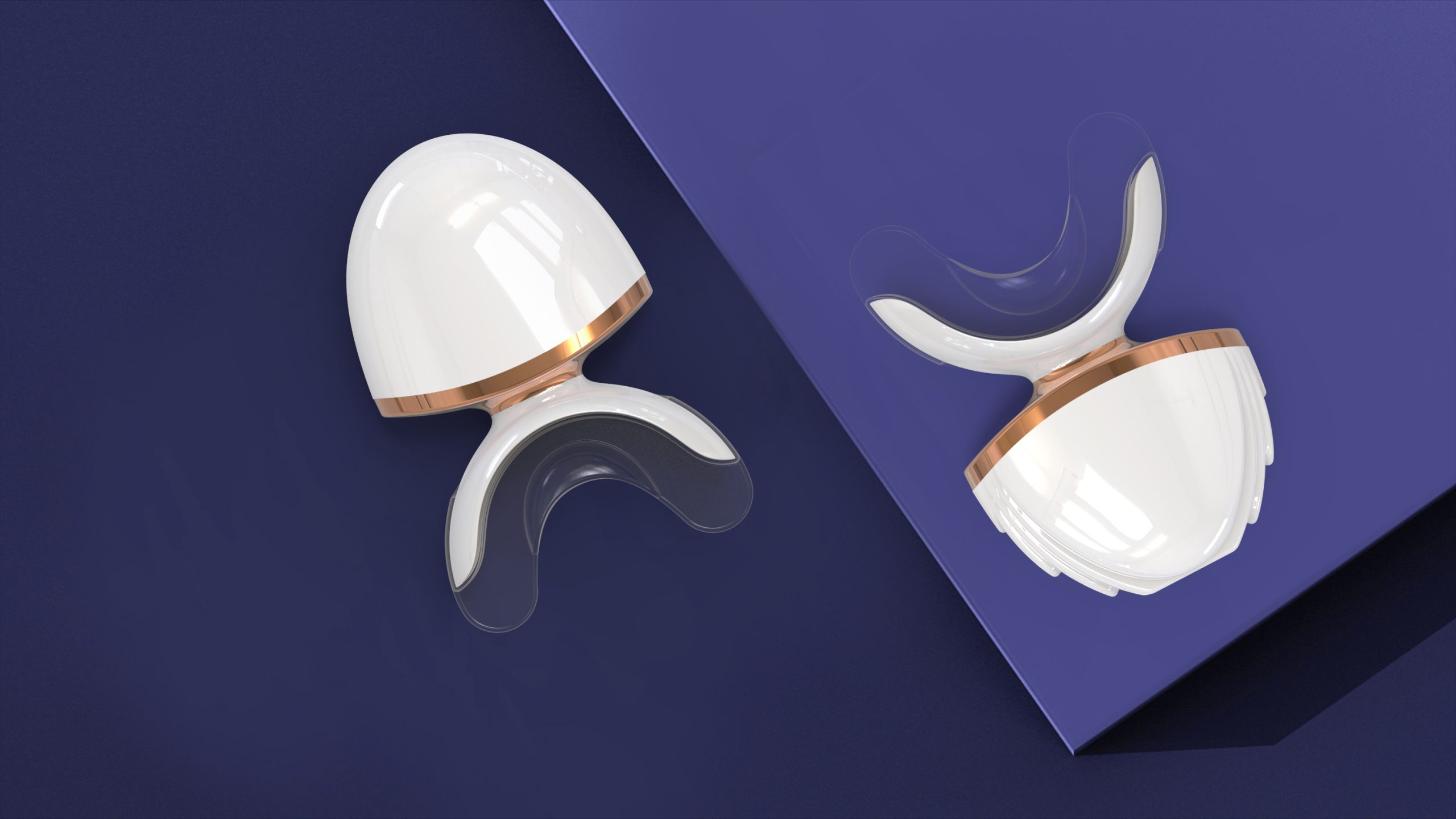
Dentist’s Guide: Choosing the Right LED Whitening Device for Stains
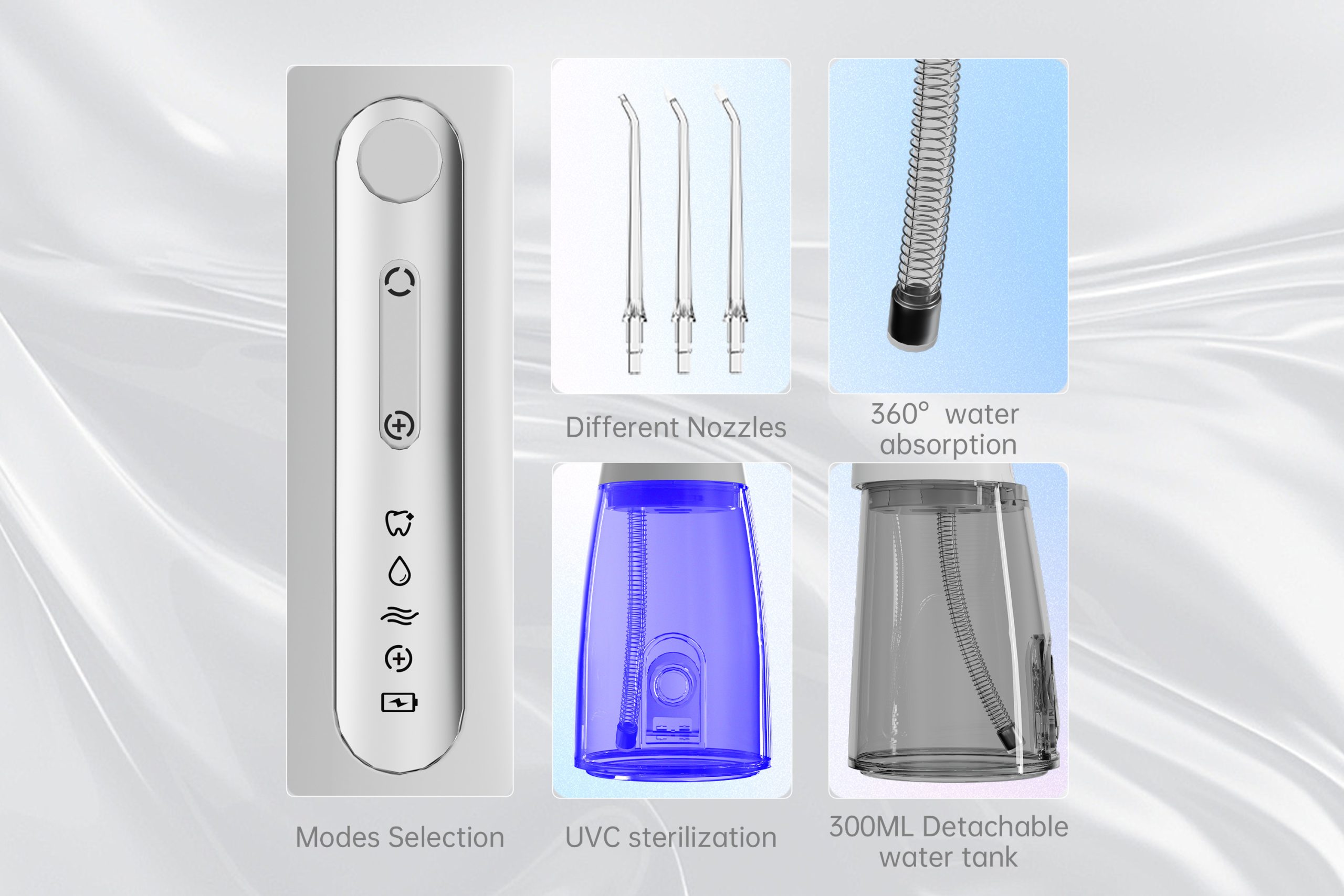
How to Turn Additional Functions of the Water Flosser into Differentiated High-Premium Selling Points
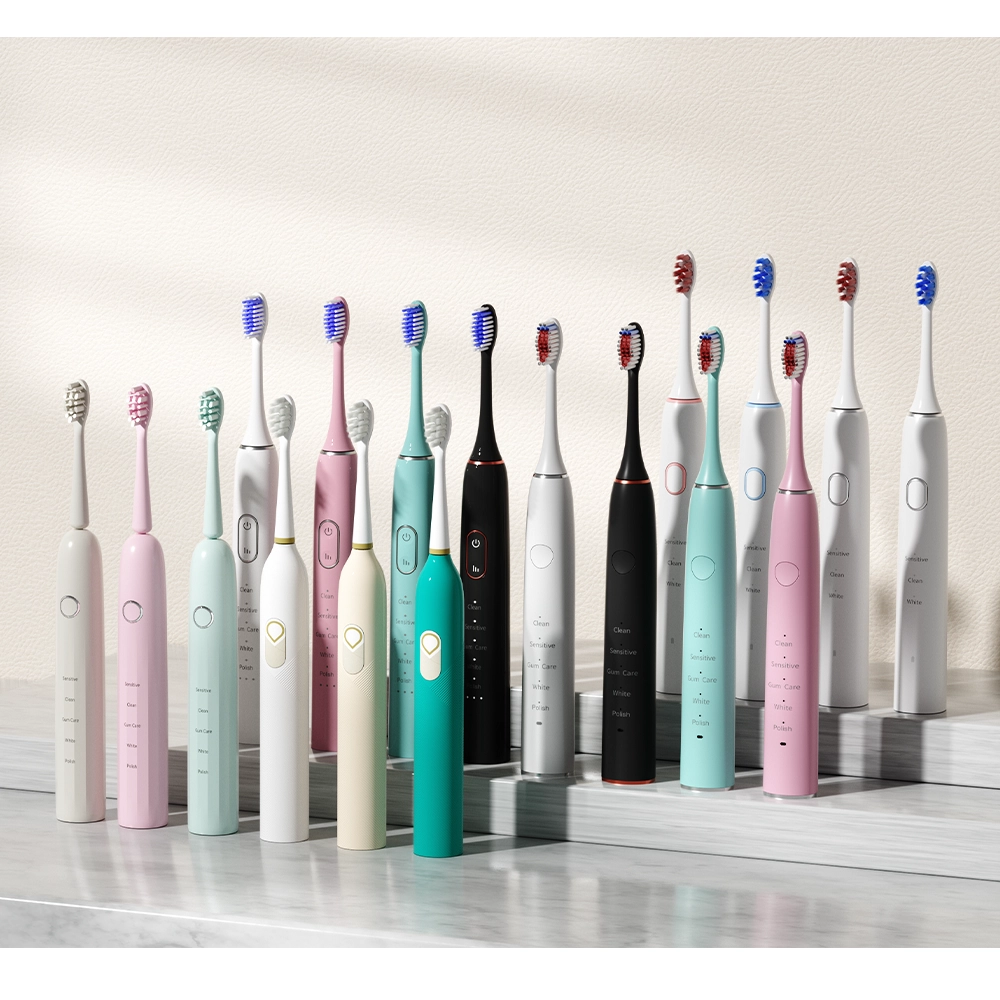
How a Gentle senior brush protects Sensitive elderly gums
Why Do Pediatric Warnings Address Bleach Residuals?
Why Post-Whitening Diets Need Gum Inflammation Cautions?
Are Filter Degradation and Voltage Drops Linked?

Cutting-edge tech makes us apart from other electric toothbrush manufacturers
Why Dentist Consultations Mitigate Home Treatment Risks?
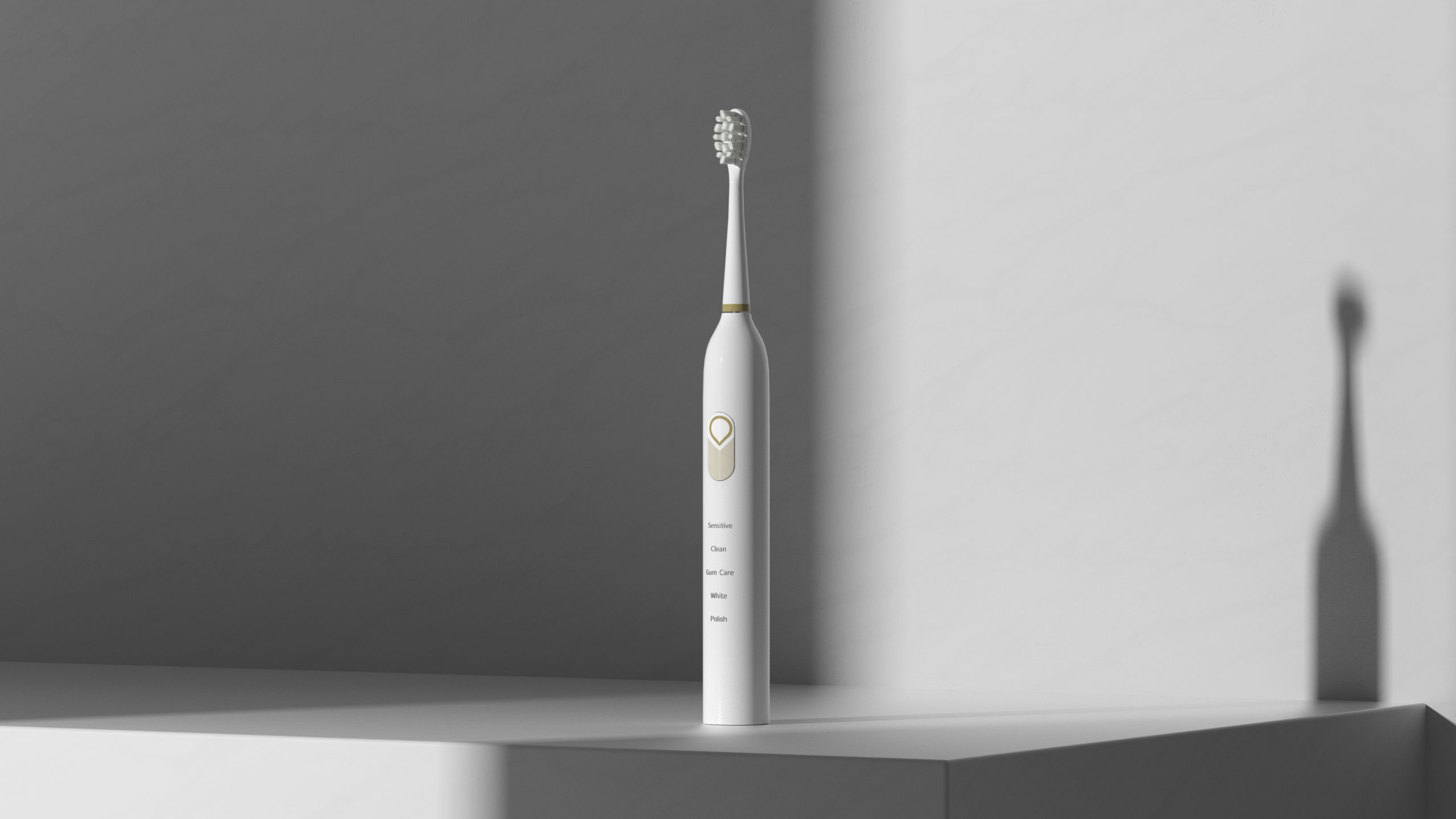
Key Points of Electric Toothbrush Precision Injection Molding: How to Avoid Shrinkage Marks and Flash?
Does Your Brush Fight Plaque Smartly?
Luxury Gold Plated Electric Toothbrush Wedding Gift Surat

Private mold development of Red and Blue Light Teeth Whitening Device: Shell Material Selection and Ergonomic Design Points
Nozzle Clogs + Water Leakage — Is Your Irrigator Still Usable?

Do At-Home Light Therapy Teeth Whiteners Really Work?
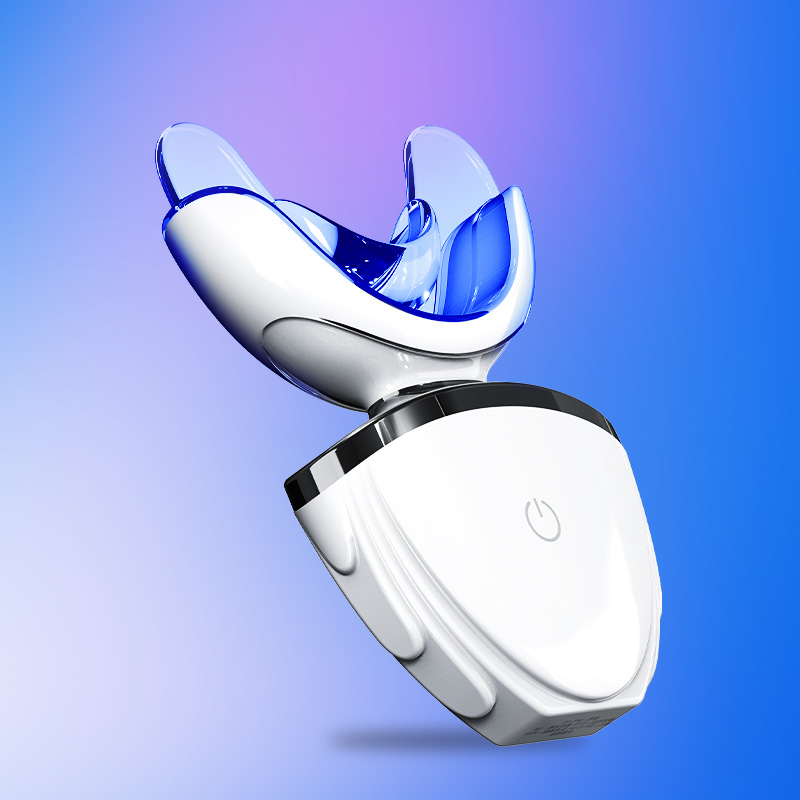
The Importance of Water Resistance for Teeth Whitening Devices and Anti-Saliva Corrosion Structure
.jpg)
Florida Electric Toothbrush – Powsmart PTR-C8

Private Label Whitening Gel

Customization Teeth Whitening Gel

electric toothbrush heads Deep Clean

electric toothbrush heads Charcoal Infuse-Round

electric toothbrush heads Regular Clean

Electric toothbrush heads Charcoal Infused-Diamond

electric toothbrush heads Ultra Soft
whstapp
whstapp
National Toll-Free Service Hotline
+86 755 86238638